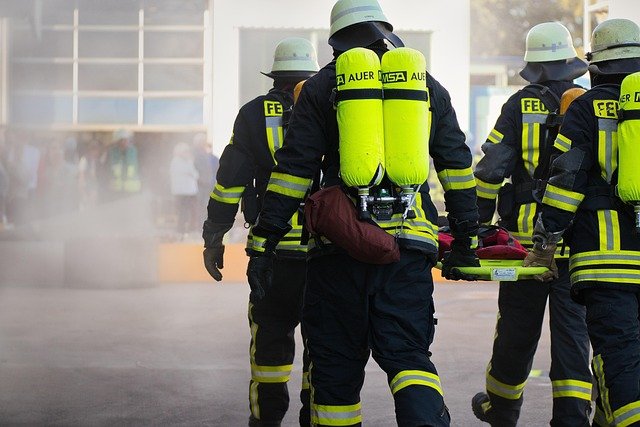Top Fire Suppression Manufacturers and Advanced Fire Fighting Solutions
Fire suppression technology has evolved, and choosing the right system has become more critical than ever. Whether protecting data centers, commercial kitchens, or industrial facilities, top manufacturers now offer advanced suppression solutions tailored to meet today’s complex safety and compliance needs. This guide explains how to evaluate, install, and maintain fire suppression systems based on building type, regulatory requirements, and system performance.

What are commercial fire suppression systems?
Commercial fire suppression systems are specialized equipment designed to detect, control, and extinguish fires in business and industrial settings. These systems go beyond traditional sprinklers, offering targeted solutions that can quickly respond to fire threats while minimizing damage to sensitive equipment and inventory. Modern suppression systems utilize various agents, including water mist, foam, and clean agents, each suited for specific fire types and environments.
How do clean agent suppression solutions work?
Clean agent suppression solutions are a class of fire protection systems that use gases or chemicals that leave no residue after discharge. These systems are particularly valuable in areas with sensitive electronic equipment, valuable assets, or where water damage is a concern. Clean agents work by interrupting the fire triangle – removing heat, oxygen, or the chemical reaction that sustains combustion. Popular clean agents include FM-200, Novec 1230, and inert gases like Inergen.
What are the leading FM-200 alternatives?
While FM-200 has been a staple in clean agent fire suppression, environmental concerns have led to the development of alternatives. Some prominent FM-200 alternatives include:
-
Novec 1230: A fluid-based suppressant with a low environmental impact and zero ozone depletion potential.
-
Inergen: A mixture of inert gases that reduces oxygen levels to suppress fires without harming humans.
-
HFC-125: A hydrofluorocarbon with similar properties to FM-200 but with a lower global warming potential.
-
Water mist systems: Fine water droplets that cool and suffocate fires while minimizing water damage.
These alternatives offer varying benefits in terms of effectiveness, environmental impact, and suitability for different applications.
What does fire protection system installation involve?
Fire protection system installation is a complex process that requires careful planning and execution. The process typically involves:
-
Site assessment and risk analysis
-
System design and engineering
-
Procurement of components
-
Installation of detection devices, suppression agents, and control panels
-
Piping and electrical work
-
System testing and commissioning
-
Training of personnel
-
Ongoing maintenance and inspections
Professional installation is crucial to ensure the system functions correctly and complies with local fire codes and regulations.
Who are the top manufacturers of industrial fire safety equipment?
Several manufacturers lead the industry in producing high-quality fire suppression systems and equipment. Here’s a comparison of some top providers:
| Manufacturer | Key Products | Specialties |
|---|---|---|
| Johnson Controls | Ansul, Tyco, Simplex | Comprehensive fire protection solutions, including clean agents and water-based systems |
| Siemens | Sinorix, Cerberus PRO | Advanced detection and suppression technologies, building automation integration |
| Honeywell | Notifier, VESDA | Early warning detection systems, networked fire alarm solutions |
| Kidde Fire Systems | ECS, ADS | Clean agent systems, specialized industrial fire protection |
| Viking Group | Viking Fire Protection | Sprinkler systems, foam concentrates, and special hazards protection |
Prices, rates, or cost estimates mentioned in this article are based on the latest available information but may change over time. Independent research is advised before making financial decisions.
These manufacturers offer a range of products and services tailored to different industrial needs, from small server rooms to large manufacturing facilities. When selecting a fire suppression system, it’s essential to consider factors such as the specific fire risks present, the value of assets to be protected, environmental concerns, and compliance requirements.
In conclusion, the field of industrial fire suppression continues to evolve, with manufacturers developing increasingly sophisticated and effective solutions. From advanced clean agents to smart detection systems, these technologies play a crucial role in safeguarding lives, property, and business continuity in industrial settings. As fire risks and regulations change, staying informed about the latest fire suppression technologies and working with reputable manufacturers and installers is vital for maintaining optimal fire safety in any industrial environment.




